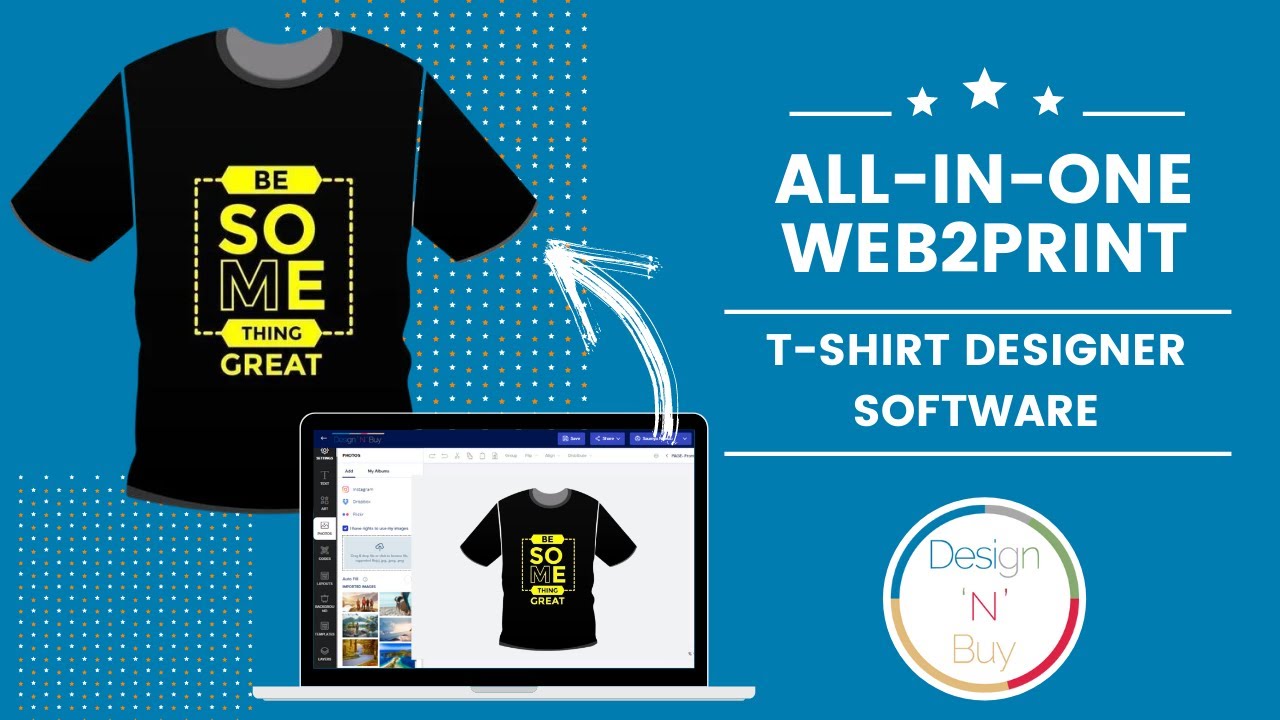In recent years, the custom t-shirt printing industry has experienced significant growth, fueled by the desire for personalized apparel and the rise of e-commerce platforms. If you’re passionate about design and entrepreneurship, starting your own custom t-shirt printing business can be a rewarding venture. This comprehensive guide will walk you through the essential steps to launch your business successfully.
Step 1: Research and Planning
- Identify Your Niche: Research the market to identify potential niches or target audiences for your custom t-shirt business. Consider factors such as age groups, interests, and popular trends.
- Competitor Analysis: Study your competitors to understand their strengths, weaknesses, pricing strategies, and customer base. This will help you differentiate your offerings and identify opportunities in the market.
- Define Your Unique Selling Proposition (USP): Determine what sets your custom t-shirt business apart from competitors. Whether it’s high-quality materials, unique designs, or exceptional customer service, your USP will be crucial for attracting and retaining customers.
Step 2: Business Setup
- Choose a Business Structure: Decide on the legal structure of your business, such as sole proprietorship, partnership, or limited liability company (LLC). Consult with a legal advisor to determine the most suitable option for your needs.
- Register Your Business: Register your business name and obtain any necessary licenses or permits required in your jurisdiction. This may include a business license, sales tax permit, or zoning permit.
- Secure Suppliers: Research and establish relationships with reliable suppliers for blank t-shirts, printing equipment, and other materials. Consider factors such as quality, pricing, and shipping times when choosing suppliers.
Step 3: Design and Production
- Create Unique Designs: Develop a portfolio of eye-catching and original designs that appeal to your target audience. Consider hiring graphic designers or collaborating with freelance artists to create a diverse range of designs.
- Choose Printing Methods: Research different printing methods, such as screen printing, heat transfer, or direct-to-garment (DTG) printing. Select the method that best suits your budget, production volume, and quality requirements.
- Test Samples: Before launching your products, produce a batch of sample t-shirts to evaluate the printing quality and durability. Solicit feedback from friends, family, or focus groups to refine your designs and printing techniques.
Step 4: E-commerce Setup
- Build Your Online Store: Choose an e-commerce platform or website builder to create your online store. Ensure that your website is user-friendly, visually appealing, and optimized for mobile devices.
- Product Listings: Upload high-quality images and detailed descriptions of your custom t-shirts on your website. Include information about sizing, materials, and pricing to help customers make informed purchasing decisions.
- Set Up Payment Processing: Integrate secure payment gateways, such as PayPal or Stripe, to accept online payments from customers. Provide multiple payment options to accommodate different preferences.
Step 5: Marketing and Promotion
- Social Media Marketing: Leverage social media platforms like Instagram, Facebook, and Pinterest to showcase your designs and engage with potential customers. Post regularly, interact with followers, and use hashtags to increase visibility.
- Content Marketing: Create valuable content related to t-shirt design, fashion trends, or DIY customization techniques to attract and educate your audience. Blog posts, videos, and tutorials can help establish your brand as an authority in the industry.
- Collaborations and Partnerships: Explore opportunities for collaborations with influencers, bloggers, or local businesses to expand your reach and attract new customers. Offer exclusive discounts or promotions to incentivize partnerships.
Step 6: Fulfillment and Customer Service
- Order Fulfillment: Implement efficient processes for order fulfillment, including printing, packaging, and shipping. Invest in reliable shipping partners and provide tracking information to ensure timely delivery of orders.
- Customer Support: Prioritize excellent customer service to build trust and loyalty among your customer base. Respond promptly to inquiries, address any issues or concerns, and strive to exceed customer expectations.
- Collect Feedback: Encourage customers to leave reviews and feedback on their shopping experience. Use this information to identify areas for improvement and refine your products or services over time.
Step 7: Scaling Your Business
- Evaluate Performance: Regularly analyze key performance indicators (KPIs) such as sales, website traffic, and customer satisfaction to measure the success of your business. Identify opportunities for growth and expansion based on data-driven insights.
- Diversify Your Product Offerings: Experiment with new product lines, such as hoodies, tank tops, or accessories, to cater to evolving customer preferences and expand your market reach.
- Invest in Marketing: Allocate resources towards marketing and advertising initiatives to reach a wider audience and drive sales. Explore paid advertising options, influencer partnerships, or SEO strategies to increase visibility.
Launching a custom t-shirt printing business requires careful planning, creativity, and dedication. By following these steps and staying adaptable to market trends, you can build a successful and sustainable venture in the exciting world of apparel customization.
